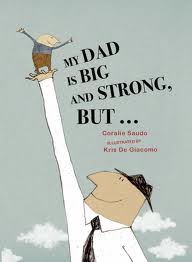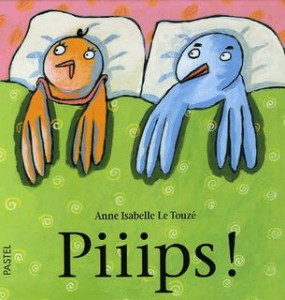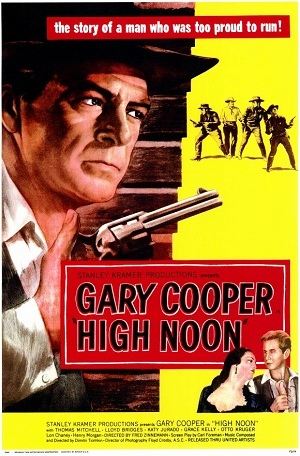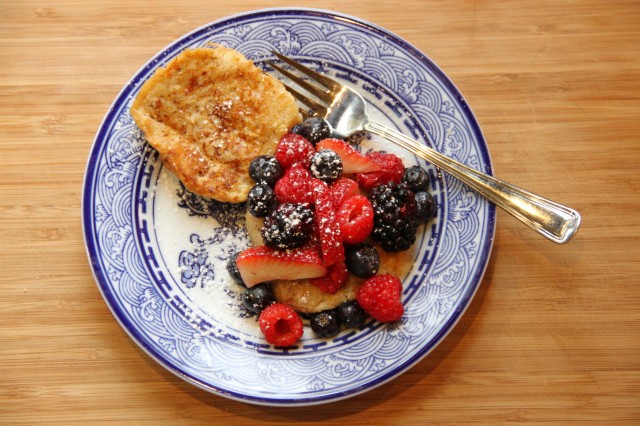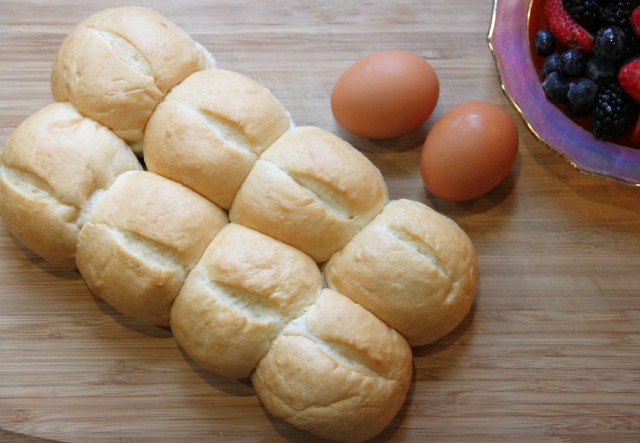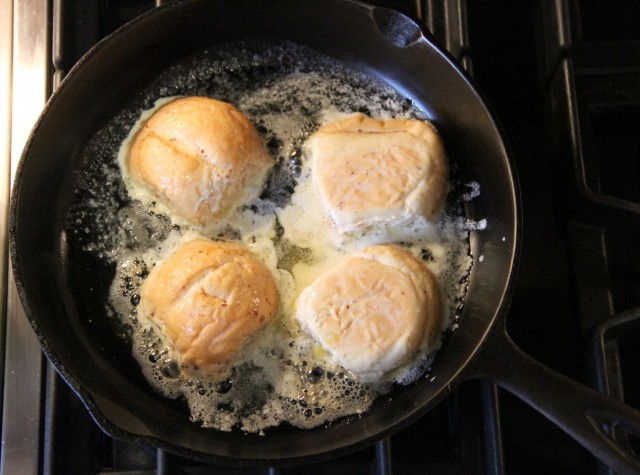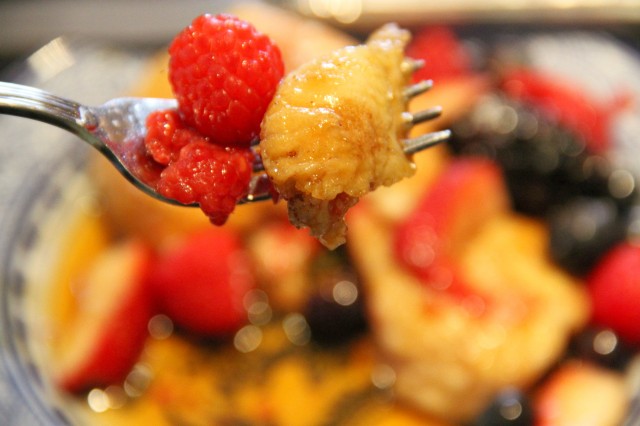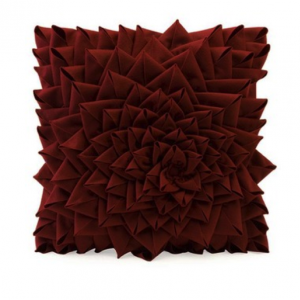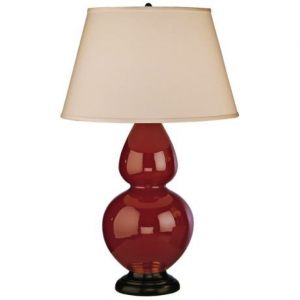Author Archives: charlesprogers
Movies in Bed: Film Studies 101 High Noon
Post by Josh Zinn.
Retired Marshal Will Kane has a problem. Having made a name and reputation for himself as man whom the residents the town of Hadleyville depended upon to establish a peaceful, orderly community, he now finds himself, in a time of personal crisis, essentially ex-communicated from those whose safety he fought so diligently to ensure. Reduced to pleading with longtime friends, forced to defend his recent marriage to a Quaker woman in front of the church, and betrayed by his own deputy, Kane is left humiliated, abandoned, and defenseless by the men and women whose lives he had once sworn to protect. Like a respected employee whose work history and job security are eventually trumped by a company’s bottom line, Kane’s legacy is simply not enough for those whom he served to place their well being on the chopping block along with his. A victim of the very placidity he helped engender, Kane is now a lone man amongst “friends.”
It is within this setting devoid of loyalty and camaraderie that “High Noon,” a classic of its genre, establishes itself as an example of an anti-Western. Rather than feeding into the mythos of larger-than-life men and a “rootin-tootin” landscape popularized in Westerns before it, “High Noon” claims its concerns with the ways in which members of a community might actually respond to one another in light of a larger threat. Instead of guns a’blazing and horses grazing, the town reacts to the impending arrival of Kane’s nemesis, outlaw Frank Miller, by shuttering their windows and closing themselves off from having anything to do with the well-being of one another. Whether this is done out of fear, greed, or in the name of the community’s “best interest,” the eventual outcome is the same: In Hadleyville, it’s every man for himself, regardless of whether someone gets hurt along the way.
This depiction of deceit and disloyalty, while cynical in comparison to other films in its genre, may also be seen as a response to the political climate of the time in which it was made. While comparisons to anti-communist blacklisting efforts (with film community members being forced to turn upon one another in hopes of saving themselves) of the time are certainly warranted, what continues to make High Noon relevant is its unflinching examination of what might lay behind the façade of American idealism. Rather than simply celebrating the pioneering spirit of people who dared to stake claim on a new life for themselves, the film makes the case that, in fact, this entrepreneurial spirit also allows our values and sense of community to take a backseat to doing what needs to be done in order to ensure our own personal success. Since the security of Will Kane’s life rests, in part, on the ability of those around him to stand up for him, it becomes apparent—through the townsfolk’s inaction—the American dream is not collective, but rather a collection of individual desires far less altruistic than it pretends to be.
While some may claim that, like Marshal Kane, they too possess the content of character that would stand up to seemingly insurmountable odds in support of another, the truth of the matter is that human nature often turns a blind eye to problems that are not our own, hoping they will eventually go away. Because Kane had done so much good for his community, he believed his community would respond in kind when he needed help the most. Unfortunately, he is to learn that that train has long since left the station.
Things We Like: Grand Bedroom Design at the Hearst Castle
Post by Kyle St. Romain.
If you enjoy experiencing high design, then the tour of the Hearst Castle in San Simeon, California should be on the top of your to do list. Two weekends ago, I had the opportunity to visit the Hearst Castle for myself having first learned about it from an episode of the History Channel. Pictures hardly do it justice, and the drive up there is breathtaking.
If you don’t know about the Hearst Castle, it is the largest private estate in California. Donated by the Hearst Corporation in 1957, the castle was originally constructed by William Randolph Hearst and designed by renowned architect Julia Morgan in the early to mid 1900s. It is the west coast’s answer to the Biltmore estate in North Carolina, though the climate is much nicer in California and the ocean views are unmatched.
The Hearst Castle took over 28 years of continuous construction before bankrupting WR Hearst, and it was never completed. It is estimated to have cost nearly $10,000,000 (about $133 million in 2011 dollars); however, the exact cost of construction is unknown. The castle, which is more a village than anything else, features 56 bedrooms sprawling over 100 acres. So, as you can imagine, I got to see a lot of different bedrooms on my tours; each one designed with its own unique theme. As a regular writer here at the Charles P Rogers blog, I was sure to take a lot of pictures to share with you.
What surprised me the most about the bedrooms at the Hearst castle is their size. I knew they were going to be luxuriously appointed, but didn’t imagine them being so small. The beds are even quite small by today’s standards. Why is this? Space was certainly not an issue, as the entire estate encompasses more than 90,000 square feet, so it had to be something else.
While I don’t have the architect’s notes to give you a definitive answer as to why the bedrooms were designed so small, my guess is that it is a combination of utility—bedrooms had a more a singular purpose then—and design conventions of the era. Also, while the estate featured state-of-the-art electric heaters, it gets pretty cold on top of the mountain during the winter, and a smaller bedroom would have be easier to keep warm.
I left the castle dreaming of one day owning a home as grand as one of the many guest cottages scattered throughout the property. However, that is unlikely as I imagine international treaties prohibit the importation of the antiquities you’d need to decorate your bedroom in similar style today as many of the architectural features were salvaged from European churches.
If you’ve visited the Hearst Castle, we’d love to hear what you think. We also welcome ideas about other marvelous homes to visit. Share your thoughts in the comments below.
Breakfast in Bed: Dinner Roll French Toast
Post by Alison Hein.
You gotta love food history – it’s just plain confusing. Take French Toast, for example. Invented in France, right? Non! The very first reference to a dish of bread soaked in milk appeared in the Apicus, a historical collection of Latin recipes dating back to the 4th or 5th century. The Latins called it Aliter Dulcia, or “another sweet dish.” A German version that appeared several hundred years later was called Arme Ritter, “poor knights,” and it’s not until the 14th century that a French recipe for Pain Perdu, or “lost bread,” shows up.
The bottom line is that cooks from all generations and geographies shared a common understanding: stale bread can not only be revived when dipped in milky eggs and grilled to a crisp, but can even be made delicious.
Dinner Roll French Toast is a fun variation – a mini-breakfast sandwich, stuffed with plump, juicy berries, dusted with powdered sugar, and drizzled with thick maple syrup. Have your young chefs help you cook, and magically turn stale rolls, or hotdog or hamburger buns, into something spectacular. Like our ancestors, they can turn “lost bread” into an amazing find – a delicious, grilled-to-a-crisp breakfast in bed.
Ingredients
1 cup milk
2 eggs
¼ teaspoon cinnamon
4 small dinner rolls, sliced in half (Challah or brioche are good choices)
2 to 4 tablespoons butter
1 cup mixed berries, or other fruit
Confectioner’s sugar, for garnish
Preparation
In large, shallow bowl, whisk together milk, eggs and cinnamon. Dip dinner roll halves into the egg mixture, turning once to completely saturate. Melt 2 tablespoons of butter in heavy skillet. Add rolls and cook over medium to medium-low heat, turning once, until golden and cooked through, about 5 to 7 minutes, adding more butter as needed. Place one dinner roll on each of 4 plates, and top with mixed berries. If you like, place some fruit on the bottom of the roll, cover with fruit, and cover with the roll top. Sprinkle lightly with confectioner’s sugar. Serve warm with maple syrup.
Makes 4 servings.

